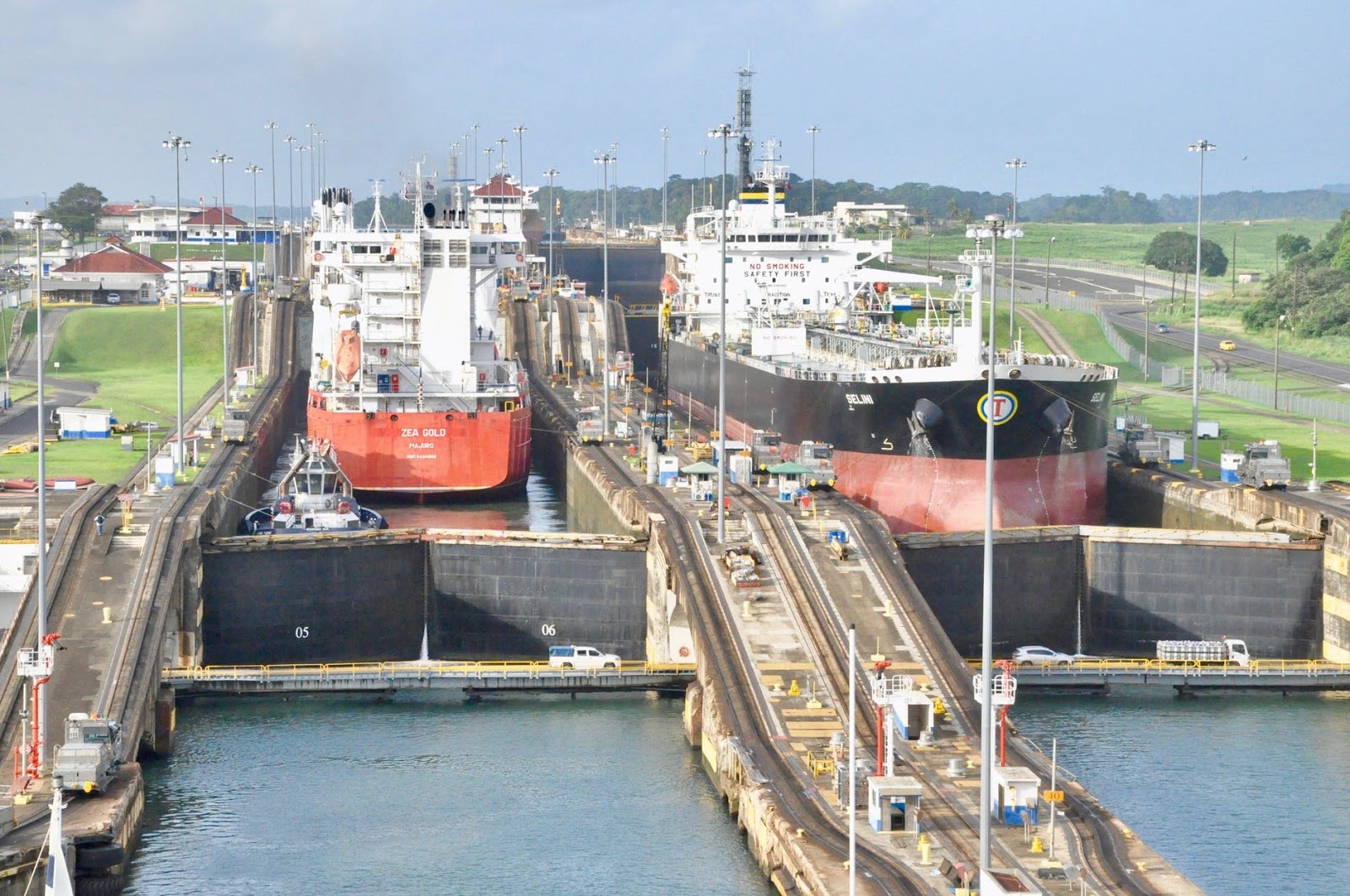WORLD VIEW: US presidential hopefuls ignore space

By Leroy Chiao and Elliot Pulham
AS THE RACEfor president of the United States moves closer to Election Day, the candidates’ near silence on space-related issues becomes more conspicuous – and more unsettling.
The space program, a key pillar of U.S. international prestige and soft power, is at a crossroads. What direction will the next administration take? Will it maintain the current vague notion of a human mission to Mars, slated to take place sometime in the 2030s or beyond? Will it reverse President Barack Obama’s shift away from the moon? Will it aim to lead multinational space programs as the U.S. always has, or will it cede that role and watch from the sidelines?
The policies of the recent past do not bode well. The National Aeronautics and Space Association (NASA) has become chronically underfunded, and especially so relative to the stated goal of a human Mars mission. While the federal budget bloated over the years, NASA’s share of it dwindled – from almost 4 percent in the late 1960s, to less than 1 percent in the late 1990s, to less than one half of 1 percent today.
In the days of the Apollo program, U.S. space spending expanded and contracted as required to achieve the stated mission. Today, the budget comes first. NASA gets its missions from the White House, but it must find ways to carry them out with whatever funding it gets from Congress. The result is sometimes shortsighted, incremental initiatives that divert resources from the projects that really matter.
The human mission to Mars is a case in point. It is the primary longer-term goal of space exploration. But since it requires far more funding than is available, and despite all the fanfare surrounding it, the U.S. still has no formal Mars program.
Instead, it has the uninspiring ARM (Asteroid Retrieval Mission) program, an initiative that plans to robotically pluck a multi-ton boulder off a yet-to-be decided asteroid and place it in orbit around the moon. When the Obama administration first mandated NASA to pursue space exploration with an eye toward an eventual mission to Mars, NASA proposed a manned mission to an asteroid. Then budgetary constraints made even that impossible, so the ARM program was created to bring the asteroid to us. Could ARM prove useful? Maybe. But it seems more a sideshow than a path to Mars, and other more important initiatives could use the extra funding.
To its credit, NASA has managed to pursue important initiatives despite underfunding and other distractions. Most notable are the Orion human transport spacecraft, and the Space Launch System (SLS) rocket, which will launch Orion and other spacecraft components into low Earth orbit (LEO). Both are key requirements for any human exploration beyond LEO, and progress on both continues today.
That said, when the first crewed flight of Orion/SLS launches in 2023 or later, virtually all the technology on board will already be 20 years old. Why? Because inadequate annual funding means programs take longer to complete. They also end up costing more, which, in a fixed funding environment, means more delays. Even for a major spacecraft system, 20 years of development is a long time.
Another example of the difficulty NASA faces is the Constellation Program. It was created during the administration of George W. Bush and aimed to develop a sustained human presence on the moon. Soon after taking office, the Obama administration scrapped the program and shifted the focus away from the moon. In this artificially deflated funding environment for space exploration, cobbling together years of work is hard enough. Having to adjust course every time there is a presidential election makes it nearly impossible.
So where do we go from here?
In our view, the next administration should take a leadership position in an international program to build a crew-tended lunar base and fly international astronauts and cosmonauts to that base, using Orion and SLS as base components, as part of a longer-range program of sending humans to Mars.
There are numerous technical and operational reasons to start with the moon: habitats, rovers, spacesuits and other critical Mars hardware could be robustly tested on the moon, while operations are developed and crew trained.
In one sense, the U.S. can’t afford to ignore the moon because Russia and China are making plans to invest there, and other moon-interested countries are supporting them. The United States is the lead partner in the International Space Station (ISS) program, and its European, Japanese and Canadian partners have pledged to work with the U.S. on follow-on programs. But some of them are also in talks with China about joining its space station program, due to come online in the 2018-2022 timeframe, and presumably its as-yet-unofficial crewed moon program. The EU is and has been in discussions with Russia about sending its astronauts to the moon.
These new partnerships would all be striving toward the moon, while the U.S. would send a few Orion missions into cislunar space to fly formation with a boulder that the ARM may or may not bring back robotically. Something is very wrong with that picture.
There was a time when the U.S. could unilaterally define the path of human space exploration. Those days are nearly gone. There is strong appetite for sending astronauts to the surface of the moon everywhere, except in the official halls of power in the United States. If the U.S. doesn’t get involved in lunar exploration soon, it may find itself on the outside looking in.
Of course, abdicating its current global space leadership position, and watching its partners shift the balance of their international cooperation toward Russia and China, would be disastrous for the U.S. politically and in terms of its soft power. A spillover into other areas of world affairs could follow.
In light of this, the next administration ought to take a leadership role in an international exploration program that includes other major countries. The soft power benefits of this approach cannot be overstated.
Look at the ISS, for example. It is nothing short of incredible that the U.S. was able to lead and bring together former Cold War and World War II enemies to build and operate the most audacious, complex, and successful advanced engineering and research space facility in human history.
There are those who openly question why the U.S. works with Russia given the state of the relationship between the two countries today. If the two were not major partners in the ISS program, and didn’t have 40 years of space collaboration experience, the relationship would be even worse. They have these visible projects in common, and it is important to both sides that they continue to succeed.
Using this same logic, it makes sense to bring China into some kind of space partnership.
China conducted an anti-satellite test in 2007 that destroyed one of its old weather satellites and spread orbital debris into low Earth orbit. It recently conducted another, non-destructive anti-satellite weapon system test. Would China have pursued this course if it had been part of the ISS partnership, as the country has requested on more than one occasion? Would this tense posture be in place if the U.S had pursued some joint space program promoting transparency and confidence building measures?
An international program to establish a human presence on the moon, with a significant U.S. role that springboards from the moon to Mars and beyond, is the direction in which the U.S. should head. Europe, Russia and China are already pointed in that direction. Partnerships that do not include the U.S. are being forged. The U.S. faces the very real risk of being left behind.
Leroy Chiao is a former NASA astronaut and ISS commander. He served as a member of the 2009 Review of U.S. Human Spaceflight Plans Committee, and is the special adviser for human spaceflight to the Space Foundation.
Elliot Pulham is CEO of the Space Foundation. A 30-year space leader, he served as spokesman at the Kennedy Space Center for the Magellan, Galileo and Ulysses interplanetary missions, as well as for numerous space shuttle and Defense Department missions. He holds the U.S. Air Force Distinguished Public Service Medal, the service’s highest civilian honor.





